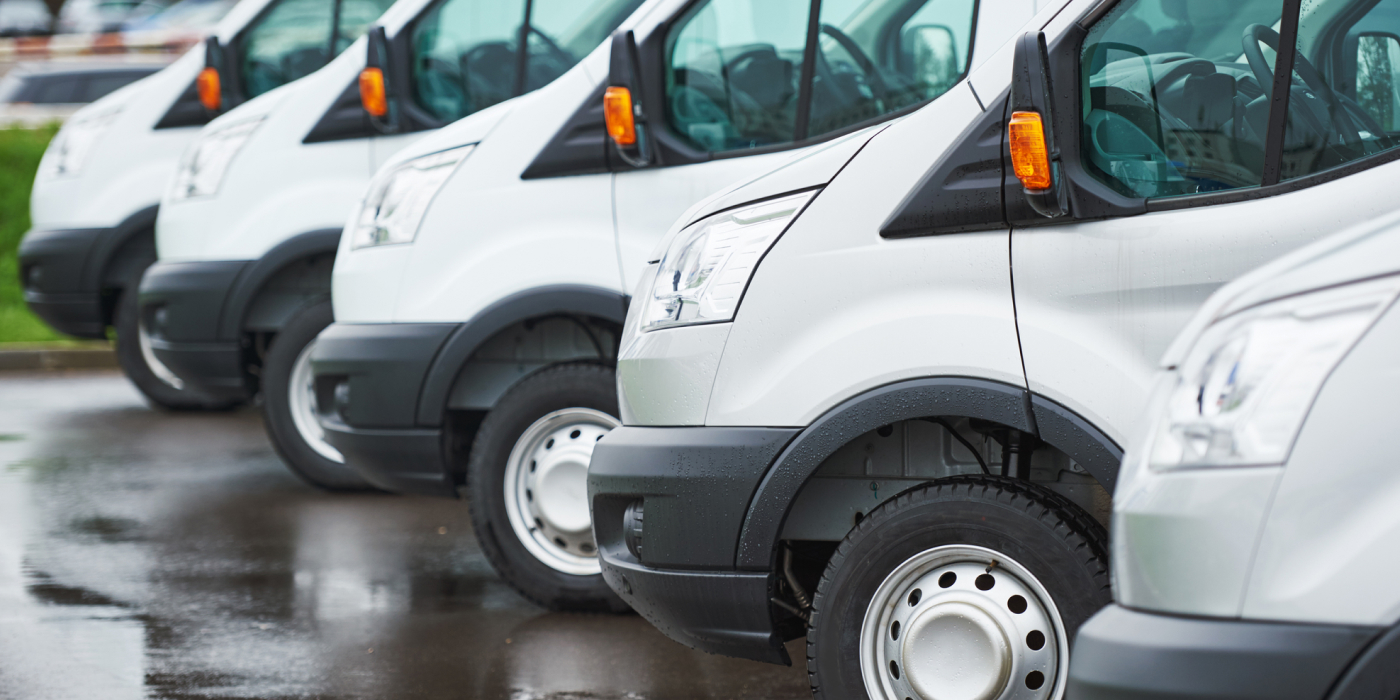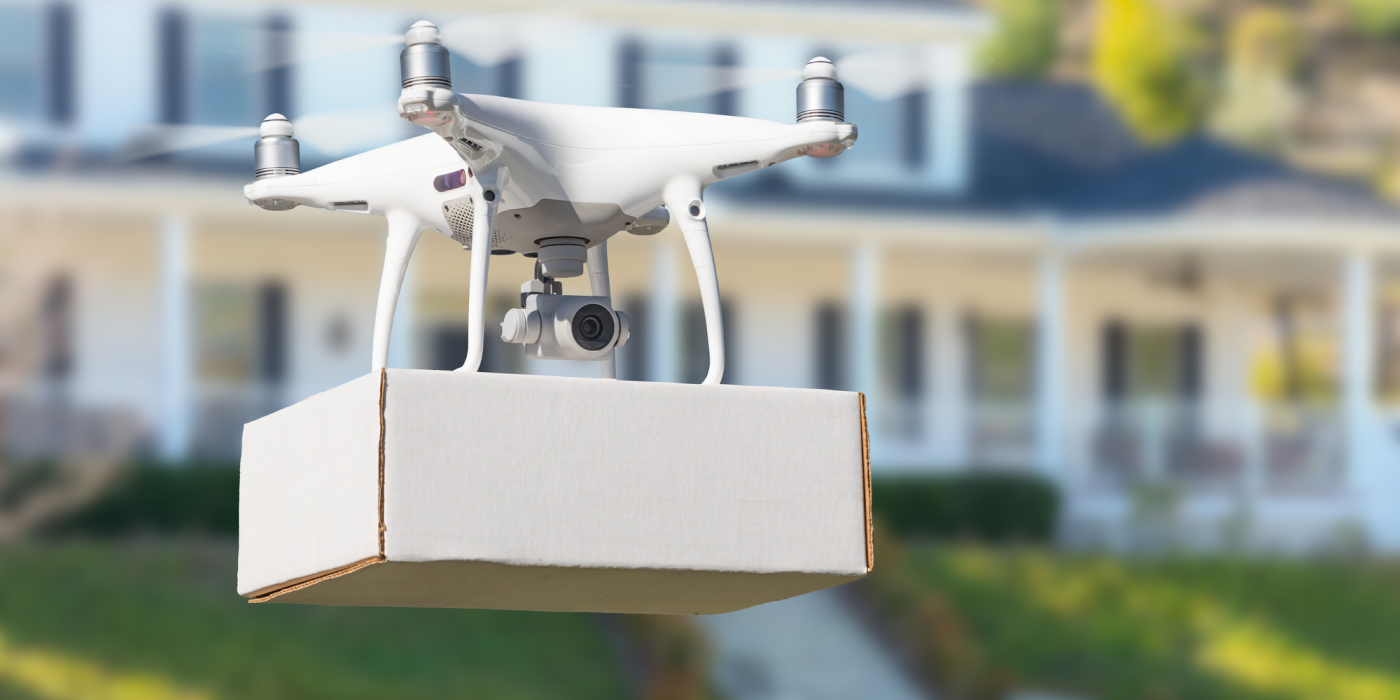5 Last-Mile Delivery Trends to Watch in 2024
In the ever-evolving landscape of logistics, the last mile, the final leg of the delivery process, remains the most crucial and challenging part. The last mile of delivery has undergone a significant transformation in recent years, as growing customer demand drives the need for companies to expand their last-mile delivery reach and modernize their delivery capabilities.
US eCommerce sales will grow 9.3% to reach $1.137 trillion in 2023, according to eMarketer forecasts. Looking ahead, eCommerce sales will grow by double digits through 2027, when they will make up over a fifth of total US retail sales. The future of last-mile delivery is being shaped by a combination of evolving consumer demands, innovative technologies, and a growing pursuit of efficiency and sustainability.
Here’s a look at five last-mile delivery trends to watch in 2024.
Retailers Invest in Growing Their Own Delivery Fleets
Retailers are increasingly managing delivering in-house, giving them more control over their delivery operations, enhancing visibility, and improving the customer experience. Utilizing delivery management technology enables companies to manage the entire delivery process and gain full visibility into their delivery operation from a centralized location. Asset sharing enables retailers to share drivers between different locations, lowering labor costs and increasing driver productivity. Dynamic route optimization allows businesses to quickly address any unexpected issues and adapt to demand fluctuations while ensuring customers receive on-time deliveries.
Dollar General has been working to expand its private fleet and expects to reach more than 2,000 tractors before the end of 2023. The discount retailer’s fleet, which currently consists of more than 1,800 tractors, handles nearly half of its own outbound transportation needs. As Dollar General aims for greater transportation efficiencies, the company’s fleet efforts will continue to be an important driver in lowering transportation costs and relying less on third-party carriers.

Faster Order Fulfillment and Delivery Options
To expedite last-mile fulfillment and delivery, retailers are optimizing their own stores and resources. These smaller, local fulfillment operations enable quicker and more cost-effective order picking, reducing delivery times. By turning local stores into micro-fulfillment centers, retailers can streamline the fulfillment process, provide customers with greater convenience, and deliver an exceptional customer experience.
Albertsons is introducing a new service called “Flash” designed to provide online order pickup and delivery in as little as 30 minutes. The grocery conglomerate is providing Flash as part of its in-house DriveUp & Go curbside pickup offering and online delivery service. Flash is currently available now at more than 2,000 locations. When choosing Flash delivery, the order will be delivered within a 30-to-50-minute window. When selecting Flash pickup, customers can pick up their groceries at their local store in 30 minutes or less.
Third-Party Delivery Companies Broaden Their Reach
Retailers are also offering a wide variety of last-mile delivery options with third-party delivery partners. Third-party delivery companies will continue to impact last-mile delivery next year, as retailers aim to grow their businesses, reach new customers, and meet growing demand for fast and convenient delivery. Third-party delivery apps can give thousands of new customers access to new products without having to leave the comfort of their homes.
Companies across numerous retail verticals are partnering with third-party delivery apps to provide customers with flexible delivery options and will continue to do so in the coming year. JD Sports has partnered with Instacart to offer delivery in as fast as one hour from over 500 JD Sports and Finish Line stores nationwide. Shoppers can choose from more than 16,000 products. Instacart has been advancing steadily into non-food delivery, working with retailers including Dollar Tree, Camping World, and PetSmart.

Increasing Adoption of Autonomous Delivery
Autonomous delivery vehicles and drones are transforming last-mile delivery. They help companies reduce labor costs, increase delivery speeds, and minimize traffic congestion. In the near future, we can expect to see fleets of autonomous delivery vans and drones making deliveries more efficiently and reducing the reliance on human drivers. Drones can operate autonomously and are not subject to traffic congestion or other logistical challenges that traditional delivery vehicles face. This can lead to faster and more efficient delivery routes.
Zipline and partnering businesses are preparing to deploy drone technology across U.S. cities next year, with plans to expand to 15 cities by 2025. Zipline’s technology and backing from the Federal Aviation Administration (FAA) has the potential to not only expand its role in last-mile delivery but make drones cost-competitive with standard truck deliveries. The FAA has long required drones to operate within the visual line of sight of human drone operators, limiting the scale of deliveries. This fall, the agency granted an exemption to Zipline and three other competitors, paving the way for wider use of the technology.
Expanding Eco-Friendly Delivery Options
Electric vehicles are becoming more prevalent in urban areas, driven by both environmental regulations and consumer preferences for green options. Sustainability will remain a priority next year. Electric delivery vehicles, eco-friendly packaging, and route optimization to reduce fuel consumption will become standard practices in last-mile delivery as businesses adapt to increasing pressure to adopt sustainable practices and minimize their environmental impact.
Meal kit company HelloFresh has launched its own delivery fleet network in the U.S. Part of the fleet includes electric vehicles, with the plan to electrify the last-mile network over the next few years. The company-managed fleet is currently available in 19 major metropolitan areas. Having its own fleet of almost 500 vans enables HelloFresh to reduce transit times and offer a better end-to-end customer experience.
The future of last-mile delivery will be a dynamic landscape defined by technology, sustainability, and customer-centric innovation. As technology continues to advance and consumer expectations evolve, the ability to adapt and embrace these changes will determine the success of businesses in meeting the increasing delivery expectations of the modern consumer.
For more information about how our delivery management solution can help you manage your deliveries more efficiently, please contact info@bringoz.com.
